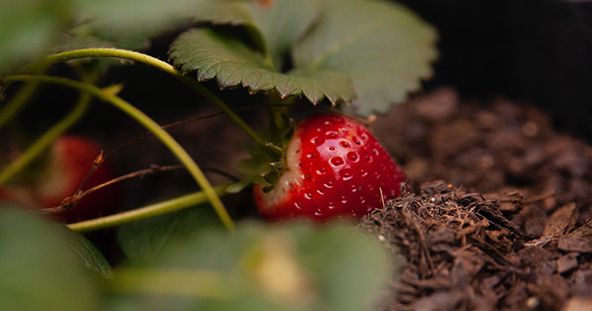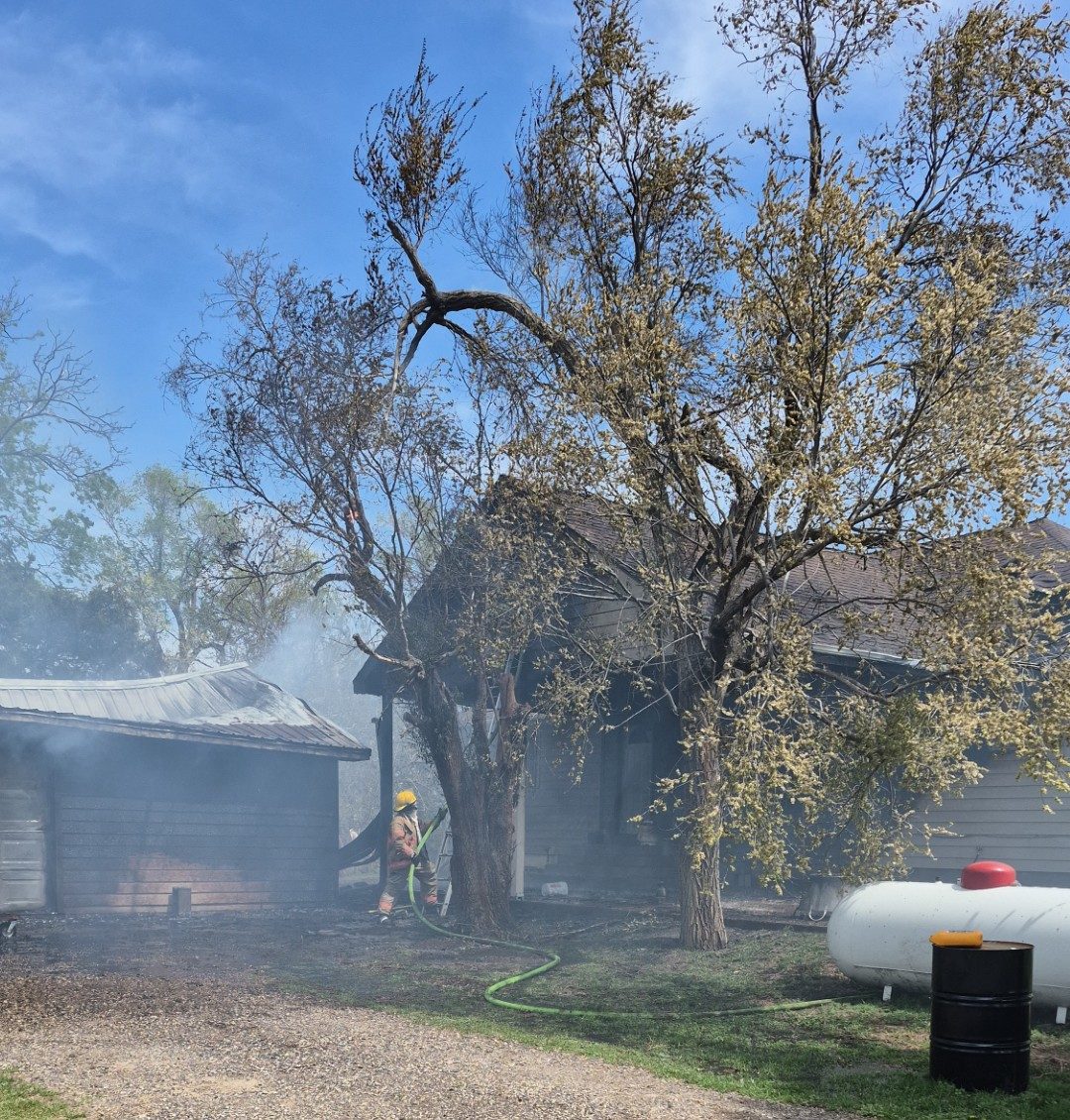Strawberry plants need time to gradually adjust to winter conditions and temperature drops to become cold resistant. Sudden changes in temperature can severely damage strawberry plants, said Kansas State University horticulture expert Ward Upham.
“Strawberry plants are better able to withstand colder temperatures in the middle of the winter than in the fall before they have gone through much cold weather,” Upham said. “For example, if temperatures suddenly plummet below 20 degrees Fahrenheit before the plants harden to the cold, they can be severely damaged. A drop to 15 degrees F may kill them.”
Strawberry plants should be mulched between Thanksgiving and Christmas to protect them from low temperatures and heaving damage.
“Heaving damage occurs when the alternate freezing and thawing common in Kansas winters heave plants out of the ground where the roots are exposed and the plants die from lack of water,” Upham said.
Wheat straw is recommended as mulch if it is free of weed seed and wheat kernels. Prairie hay also makes a good mulch, Upham said.
To apply the straw or hay, shake flakes apart to break down large chunks, which helps insulate the plants and avoid damage by delaying blooming in the spring, Upham said.
“Mulch should be removed gradually in the spring as plants begin new growth,” he said.
Some mulch can be left to keep berries off the ground and conserve moisture.
Upham and his colleagues in K-State’s Department of Horticulture and Natural Resources produce a weekly Horticulture Newsletter with tips for maintaining home landscapes and gardens. The newsletter is available to view online or can be delivered by email each week.
Interested persons can also send their garden and yard-related questions to Upham at wupham@ksu.edu, or contact your local K-State Research and Extension office.
_ _ _
KSU Photo



